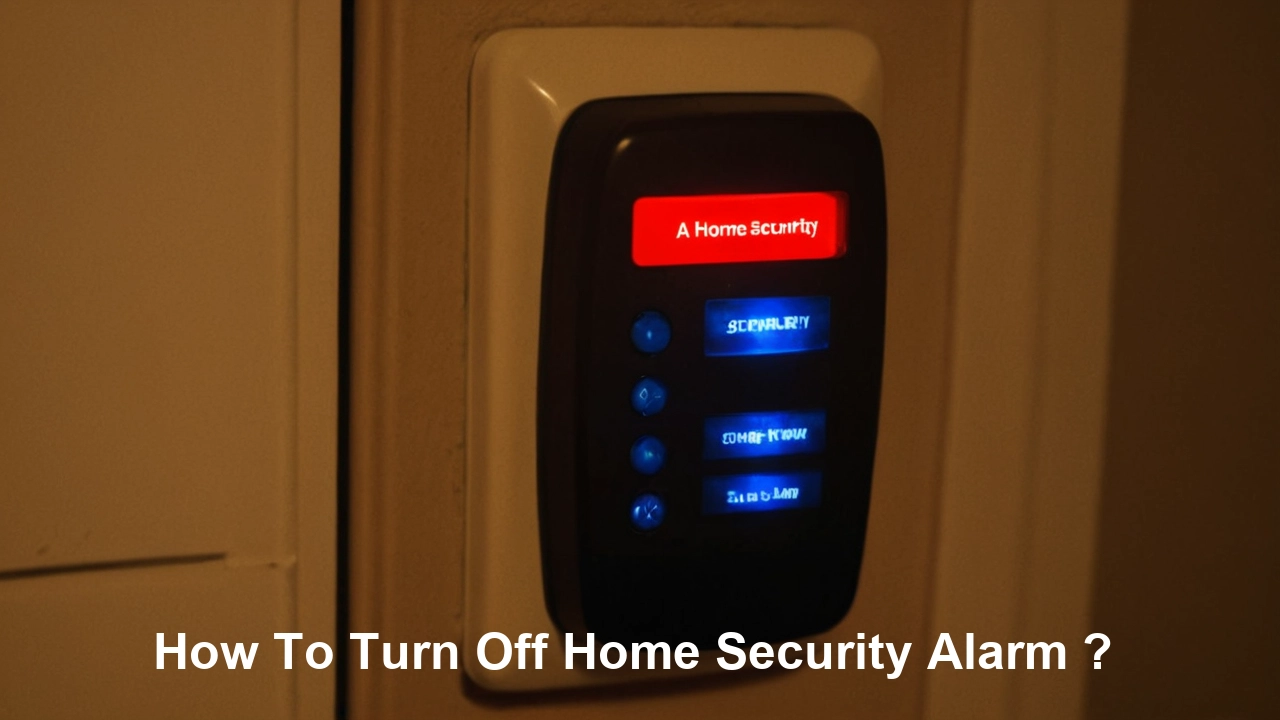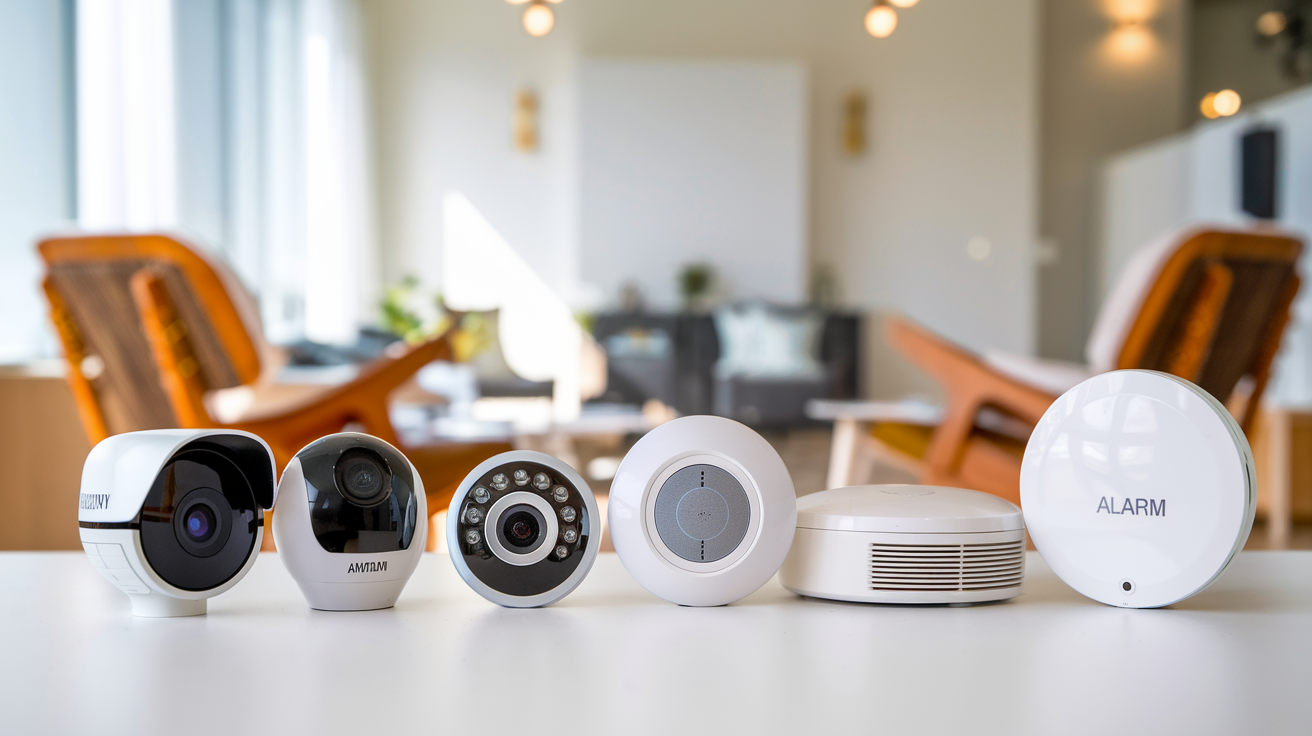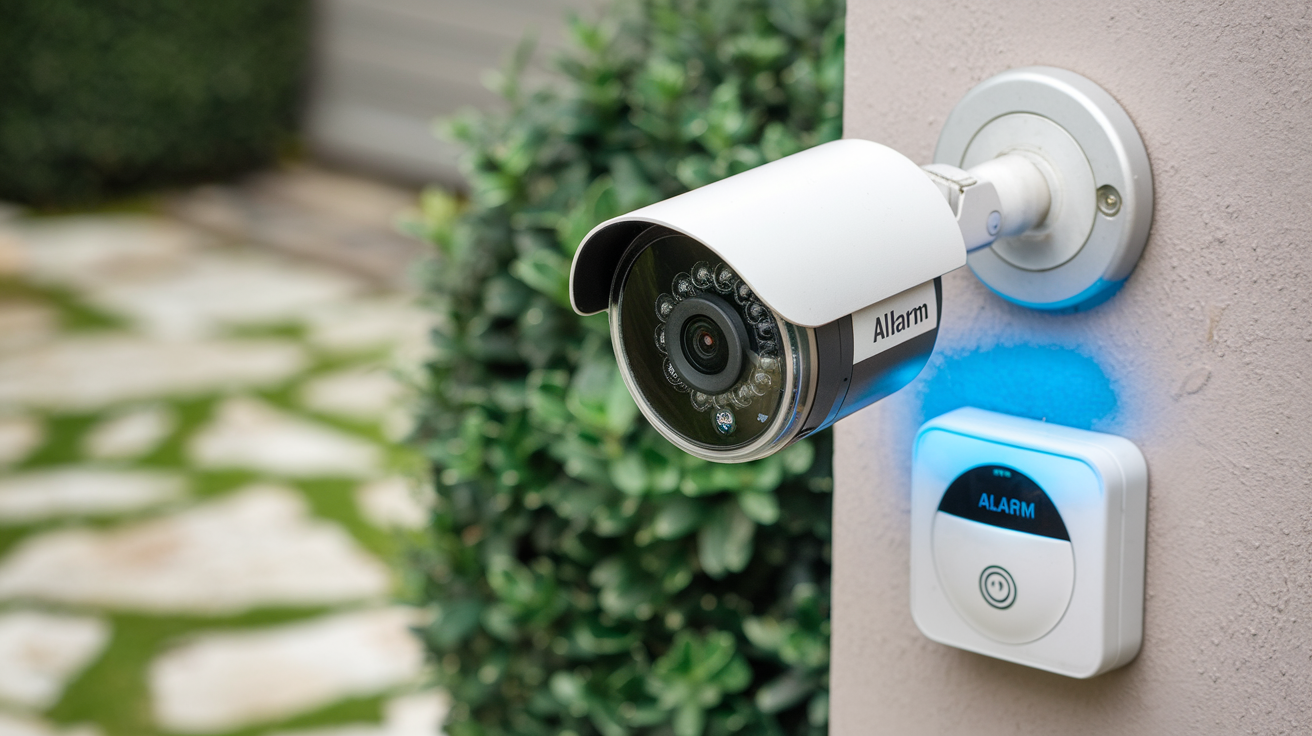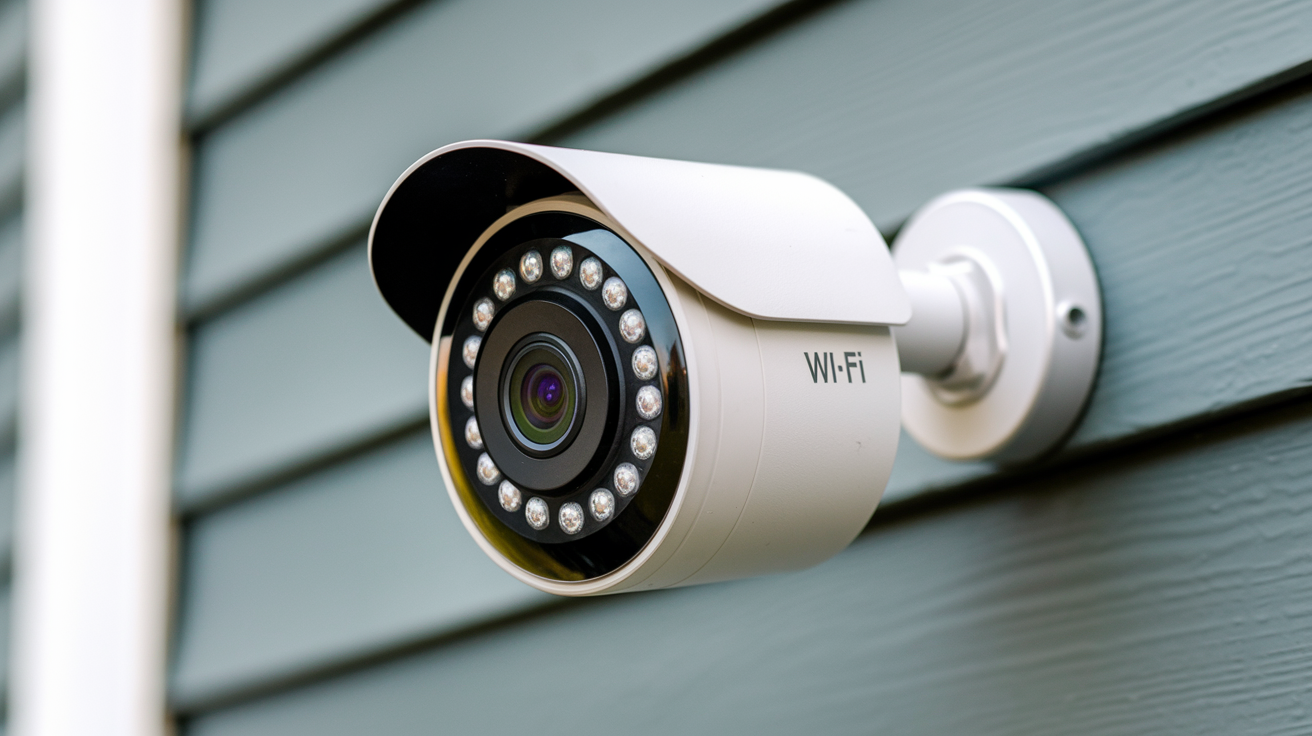Your Home security systems are now widely installed in homes across the nation. When installed and used effectively, they can give homeowners a sense of security and defend against potential intruders. Typically, home security systems include different sensors that are used to identify motion, smoke, carbon monoxide, opened doors or windows, and much more. These sensors are connected to a central panel; the signals are received and analyzed to decide the action to be taken.
Possible responses are to activate loud sirens to alert an authorized security service or both. Monitoring services are present and they get alarm signals which inform them to send attendants to the scene if needed. Visible alarms can discourage intruders and let homeowners know that there is something wrong. Most systems also have keypads that enable users to enter private codes through which they can move out of the home without triggering any alarm.
Things You Should Stop Your Security System Of course, home security systems are very useful when it comes to your and your property’s safety, but there are moments when you have to disarm it yourself due to false alarms and other problems. Reasons you may need to power your system down include:
- Building work – There will be people coming into the house daily and most probably opening doors, windows, taps, etc which will trigger the alarm repeatedly.
- Large objects being transported inside or outside the building – Large pieces like furniture or appliances moved through doors may trigger motion sensors or other alarms.
- Visitors arriving – You don’t want the alarm ringing constantly each time someone enters the compound or rings the doorbell.
- Power outages – Battery backups may make alarms armed even longer than intended in cases of power failures.
- Testing/maintenance – You will need to have the system off to inspect the components.
- Having a sleep-in – There is no need to take a shower in the morning when you are going to sleep in. This also eliminates situations when the alarm goes off at night, and the police arrive only to find no one is home.
How to Disarm a Home Security System?
Will depend on the kind of security system that you have installed in your home. Almost all systems come with instructions close to the main alarm panel to help the users know what to do. If you are not familiar with your system, read about it first before proceeding. Methods of disarming alarms include:
Keypad Disarming The general method of disarming a system is by entering a numeric password on the alarm keypad. Keyboards are normally installed behind the main door and exit door but can also be installed in the bedroom or other rooms.
- Go through a door that has been assigned to your home (this is often preset). Other doors can be entered with the alarm system turning on as soon as one enters.
- Proceed and type in the secret PIN on the keypad without going through other options. This will initiate the disarming sequence, which is completed in a few seconds.
- Wait for the system to make sounds or flash lights indicating that it has disarmed itself completely. Do not proceed any further until you have turned off all the equipment.
Keychain/Keypad Remote Disarming As an added feature, many systems are fitted with small wireless remotes in the form of key fobs for alternate disarming. As with keypad disarming, there is typically a time lapse between when the wireless signal is transmitted and the entire system is disabled. Steps for remote disarming:
- Go through the entry door that has been assigned to your particular building.
- Switch on your wireless remote as soon as possible. This sends a disarming signal.
- Wait for the required delay to enable the disarming of the system.
Phone/App Disarming It is important to note that some contemporary systems can be disarmed through a phone call or an application installed on a mobile device. This is useful when you cannot find your remote or if you have forgotten the keypad code. To disarm via phone/app:
- Ensure that your security provider has phone/app options. If in doubt, consult them first.
- Get the official mobile app for your smartphone or find out the phone number set for your device.
- Dial the number or launch the application and provide any necessary login information if needed.
- Proceed to the next steps to send the disarming signal.
- There should be a proper delay before entering to disarm the system.
Biometric Disarming Biometric disarming involves the use of fingerprints or any other biological feature to identify the user and disarm the system. If you have biometric sensors, the process is:
- Go through the door labeled for access.
- The second one is to get to the biometric reader which, in most cases, is located near the keypad.
- Put the approved finger(s) on the reader and wait for the confirmation.
- Wait until the system is completely disarmed.
Disarming when turning off your home security system:
- Find out your normal delay time – Most systems delay seconds before disarming. Memorize this window if you do not want to trigger alarms by mistake.
- Be quick – After opening the entry doors, the alarms will go off, so disarm them as soon as possible before they set off.
- Multiple entries – In case you have guests, you should disarm them before they gain access through other doors apart from the main door.
- Make sure for confirmation – Ensure that after arming the system you get a confirmation tone or light that the system is disarmed. Sometimes no confirmation could be problematic.
- Train others – Anyone who frequently gets to your house should be trained on how to disarm the system.
As for the disarming process, it will not take a lot of effort once the proper technique for the installed system is applied. However, you must ensure that you always recharge it again when not using it to open or close the door for your home security. The concept of ‘consistent arming’ is significant for longer-term security.
Protect your home today with ADT’s top-rated security solutions!
Call now at +1 877-470-7879 to get a free consultation and find out how you can secure your home with the best in the business. Don’t wait—ensure your peace of mind with ADT!






